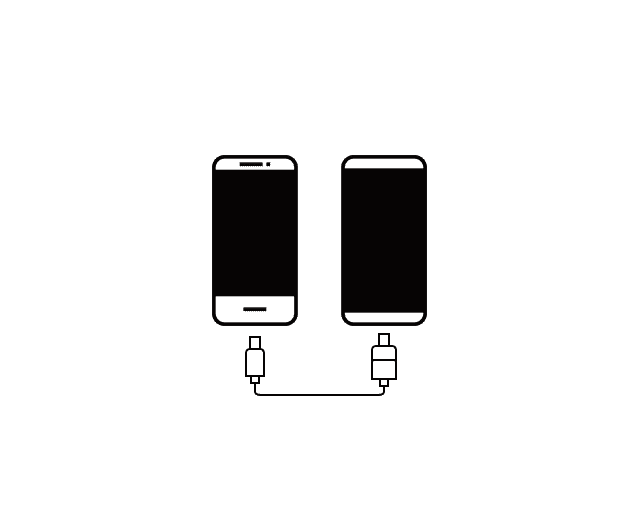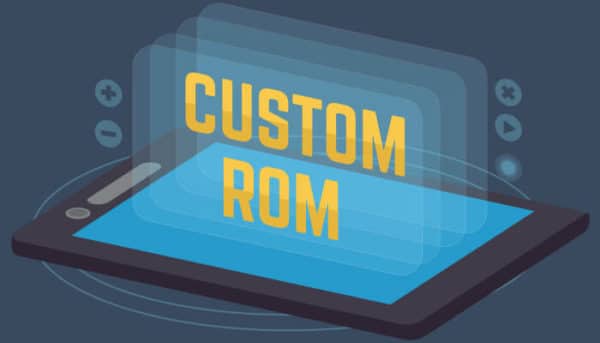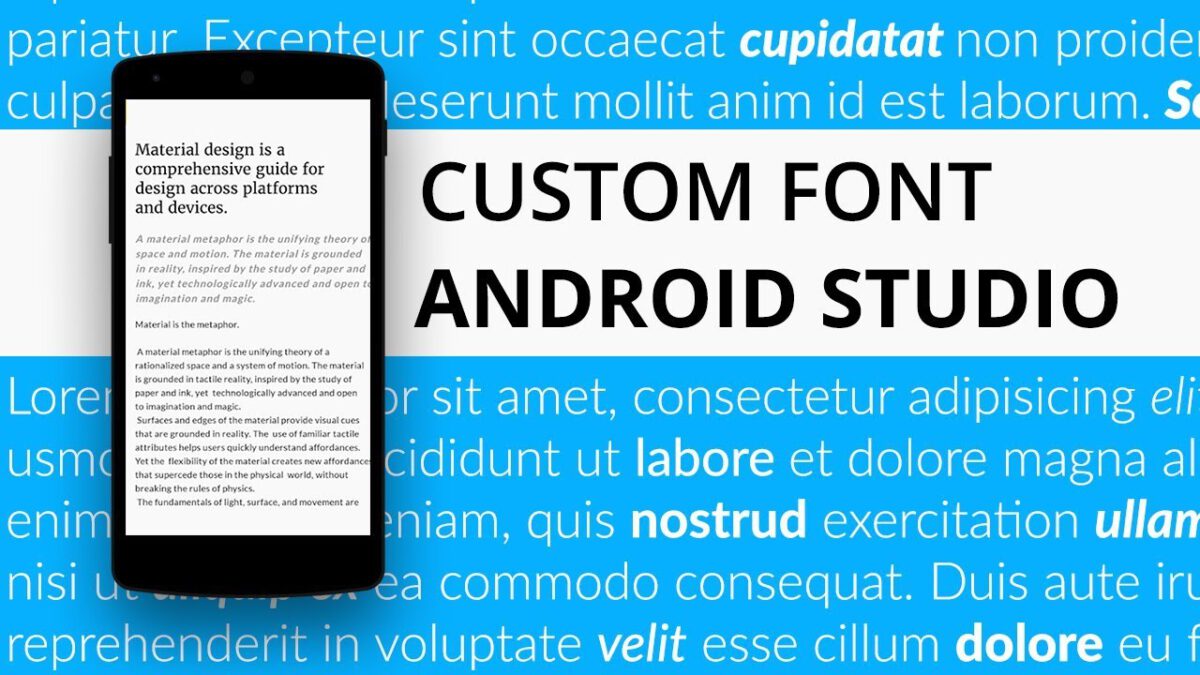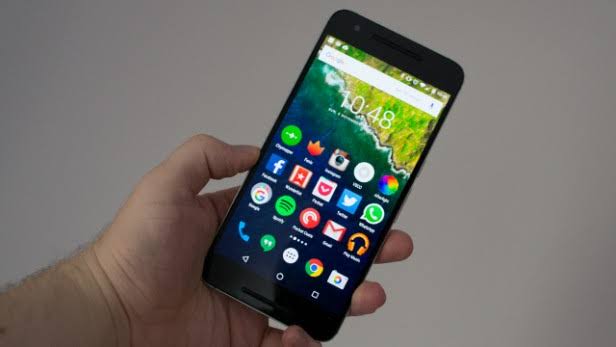USB debugging is a way of connecting an Android device to the PC. By connecting the terminal to the PC, we can use programs that communicate with the computer, allowing us to install applications, read system information and enable root permissions. In this article, I will teach you exactly what it is and how to enable USB debugging on your Android.
Page Contents:
What is USB debugging?
Debugging is the direct translation of English, debugging, which refers to the process of finding and resolving errors in computer programs. Debugging or debugging is by extension the development of a program or application. Traditionally, Android app development runs with Android Studio on a computer. However, to test the application you need to pass it on to a device, where the code is then executed.
This is where the USB debugging option comes into play. We can connect the smartphone to the computer, using a USB cable and test the application that is being developed.
Thanks to this function, Android has decided to hide this option in the latest versions of its operating system, to prevent it from being used freely; used without knowledge could cause serious damage to the device. So pay close attention to what you install on your device.
- DONT MISS- How to enable USB Debugging on Huawei Honor
What is USB debugging for?
USB debugging is designed to connect and share information between a smartphone and a computer. The tools used for this are Android Debug Bridge (ADB) for most smartphones or manufacturer-specific programs such as Odin for Samsung devices.
So, the first step to change some of the software on your device is to enable USB debugging, which opens the ports to root the device, install a custom recovery, install a ROM or re-install the device’s original operating system.
And, as I said before, USB debugging is the main tool for testing applications under development, so you can immediately see the changes we make in our code. With USB debugging enabled, you can use advanced software like Eclipse to program on Android, VRoot or SuperOneClick and easily get root permissions and many other utilities.
How to enable USB debugging
Before activating the “USB debugging” option, make sure you have the drivers for the device installed on your PC.
- MUST READ- Download USB Driver for all phones
Now you just need to connect the device to the PC and wait for it to be recognized. If everything goes as planned, turn off the device and follow the steps below to enable “USB debugging”.
If you have a device with Android 2.3 or earlier:
- Open Settings;
- Choose Applications;
- Go on development;
- Enable the USB debugging option.
For all Android devices
- Go to the settings.
- In the settings, on Device Information.
- Now, in the About device menu, locate “Build number” or “Software information> Build number”.
- Touch 7 times.
- You’ll see options for developers displayed.
- Now go back to the settings and find the options for developers.
- Enter the developer options and find USB debugging.
- Once found, enable and connect the phone to the PC.
If you find the “Developer Options” in the settings:
- Open the Developer Options and activate this option;
- Enable the USB debugging option.
If you can’t find this option, proceed as follows:
- Open Settings;
- Select Device Information;
- Press 7 times on build number / Build version/version number;
- Back to Settings ;
- Choose Developer Options and enable it as well as extras;
- Enable USB debugging.
Obviously, the process can be canceled simply by turning off USB debugging on your device. You can also revoke any authorized USB debugging authorization. Just click on Revoke USB debug permissions in the developer options.
And you, were you able to enable USB debugging on your device?




![Samsung Galaxy S8 “camera failure” error [Resolution Guide] Samsung Galaxy S8](https://techvaz.com/wp-content/uploads/2018/07/Samsung-Galaxy-S8.jpg)

